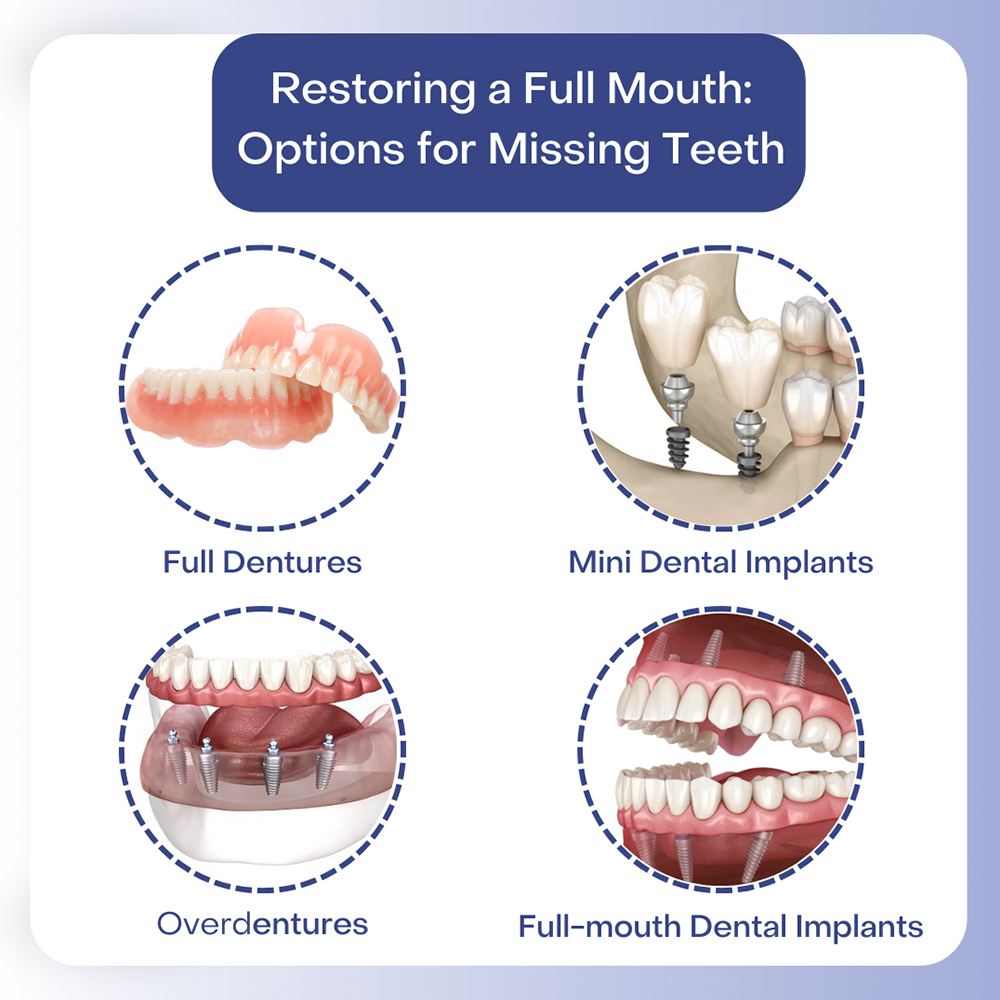Getting My Dental Sense To Work
Table of ContentsTop Guidelines Of Dental SenseExcitement About Dental SenseAll About Dental SenseThe 7-Second Trick For Dental Sense
are clinical gadgets surgically implanted right into the jaw to recover an individual's ability to eat or their appearance. They give support for fabricated (fake) teeth, such as crowns, bridges, or dentures. When a tooth is lost due to injury or disease, an individual can experience problems such as fast bone loss, malfunctioning speech, or adjustments to chewing patterns that result in discomfort.Oral implant systems contain a dental implant body and dental implant abutment and may likewise include a joint fixation screw. Dental veneers cost. The oral implant body is surgically inserted in the jawbone in area of the tooth's root. The oral implant abutment is typically affixed to the implant body by the abutment addiction screw and expands through gum tissues right into the mouth to sustain the connected artificial teeth
(https://anyflip.com/homepage/wpqva#About)Structure of The Oral Implant System picking dental implants, speak to your oral service provider regarding the prospective advantages and risks, and whether you are a prospect for the treatment. Points to think about: Your general health and wellness is an important factor in figuring out whether you are a good candidate for dental implants, for how long it will require to heal, and how much time the dental implant might remain in area.
Smoking cigarettes might affect the recovery procedure and lower the lasting success of the dental implant. The recovery procedure for the dental implant body may take numerous months or longer, during which time you usually have a temporary abutment in area of the tooth. the dental implant procedure: Thoroughly comply with the dental health instructions provided to you by your oral service provider.
Dental Sense - An Overview
Implant failing can result in the requirement for one more procedure to take care of or replace the implant system. Recovers the capacity to eat Restores cosmetic appearance Helps maintain the jawbone from reducing because of bone loss Protects the health and wellness of the bordering bone and gums Aids maintain surrounding (nearby) teeth stable Boosts lifestyle Damage to surrounding natural teeth throughout implant placement Injury to the surrounding cells during surgery, such as sinus perforation Injury during surgical treatment (as an example, fracture of bordering jawbone) Insufficient feature, such as seeming like the teeth do not attack together normally A feeling that the tooth is loosened or twisting in place resulting from an abutment screw loosening up Implant body failure (looseness of the dental implant body) because of systemic infection, which might be much more likely in patients with unchecked diabetics issues as a result of regional infection in bone and gum tissues supporting the implant body as a result of postponed recovery, which might be most likely in individuals that smoke Difficulty cleaning the gum tissues around the implant, causing bad oral health Neglected gum disease Post-surgical pins and needles due to nerve impingement or damage Always alert healthcare providers and imaging service technicians that you have oral implants prior to any magnetic resonance imaging (MRI) or x-ray procedures.
FDA is not knowledgeable about any adverse events reported for MRI or x-ray procedures with dental implants. Oral implants systems are commonly made of materials that follow international agreement requirements of the International Company for Standardization (ISO) or ASTM International. These criteria have details of what makes a secure material.

An oral implant is a framework that changes a missing out on tooth. With screw-like devices, the surgeon inserts an implant right into the jawbone, and it acts as a support for a synthetic tooth, called a crown. A tool called a joint attaches the fabricated tooth to the dental implant. The crown is customized to fit the person's mouth and match the color of their teeth.
Unknown Facts About Dental Sense
Some people are not qualified for oral implant surgical treatment. It is for oral doctors to operate individuals with: acute illnessuncontrollable metabolic diseasebone or soft tissue illness or infectionIf these issues are resolved, an individual can have the surgery. In, dental doctors refrain from operating on individuals with: If people with any of the above go through oral implant surgical procedure, there is a higher threat of the dental implant stopping working.

Dental dental implant surgical treatment is an individualized process. It's not the very same for every person. The adhering to provides a basic review of what you can expect your dental expert, dental doctor, periodontist or prosthodontist to do: Position the dental implant surgically. Give you time to heal. Attach the blog post and final crown, bridge or denture.
Next off, your doctor will very carefully place the oral implant right into your jaw. If your implant is near the front of your mouth, your dental practitioner will make a short-term tooth for you to use until you recover.
Not known Incorrect Statements About Dental Sense
Your provider can tell you what to anticipate in your circumstance. Throughout the recovery phase, your jawbone must fuse to the oral implant. This process, called osseointegration, is important for stability and long-lasting success. This procedure can take anywhere from 3 to nine months. In many cases, it may take longer.
When your dental implant heals, your dentist can connect the abutment (small connector post) and your final reconstruction (crown, bridge or denture). This typically explanation takes concerning one hour to complete and may need a second minor surgery. You shouldn't feel any kind of discomfort during your dental implant treatment since your supplier will certainly utilize drug to numb your gum tissues.